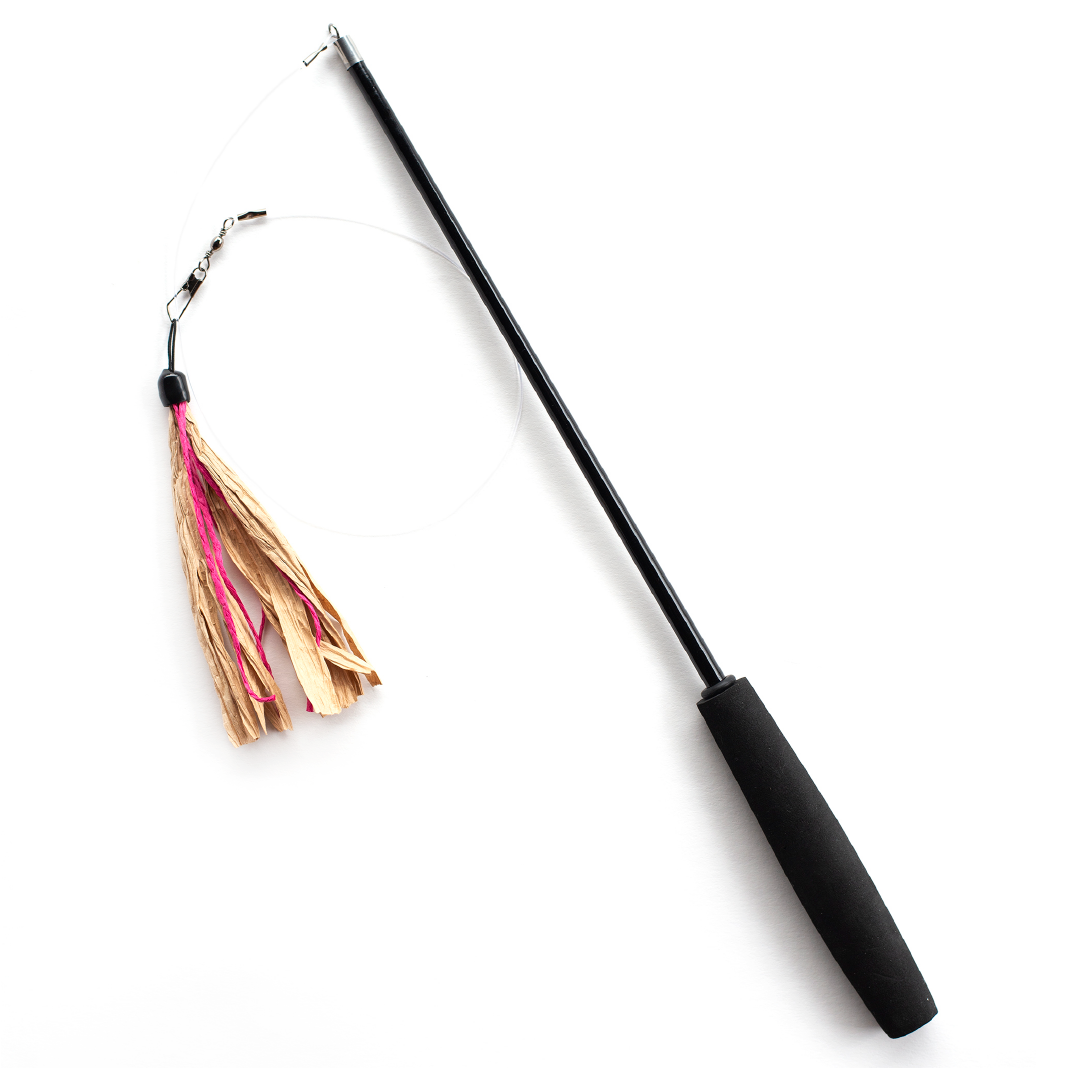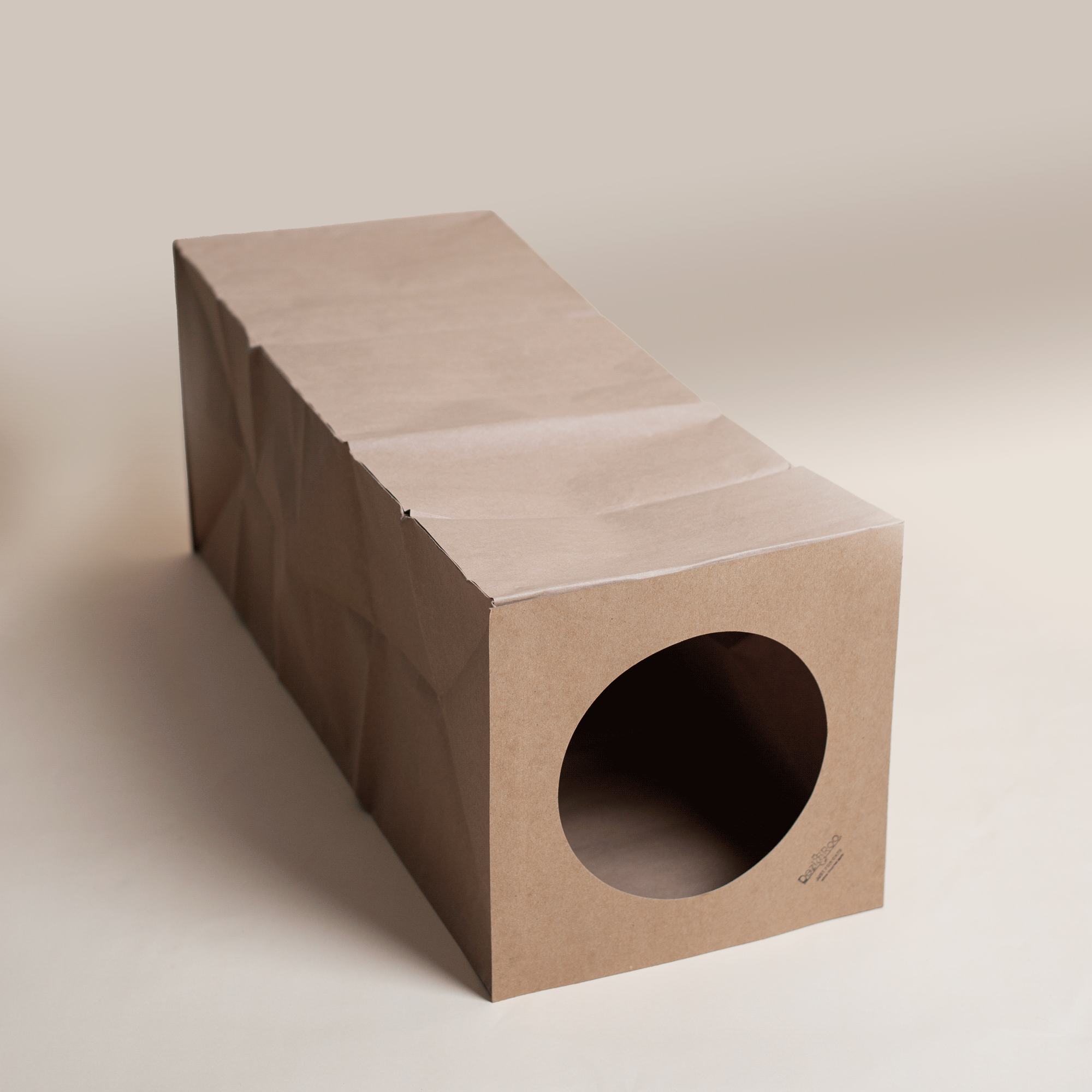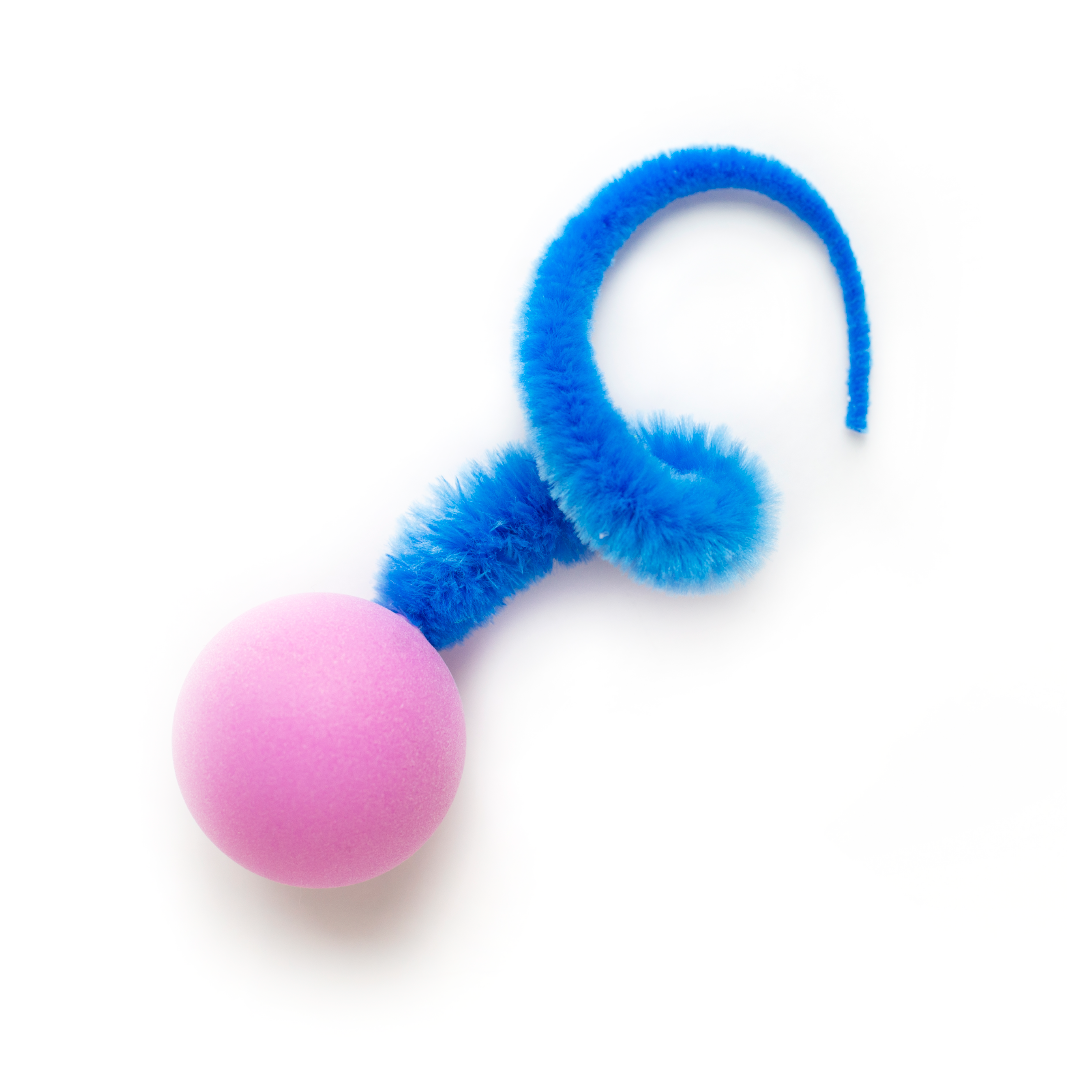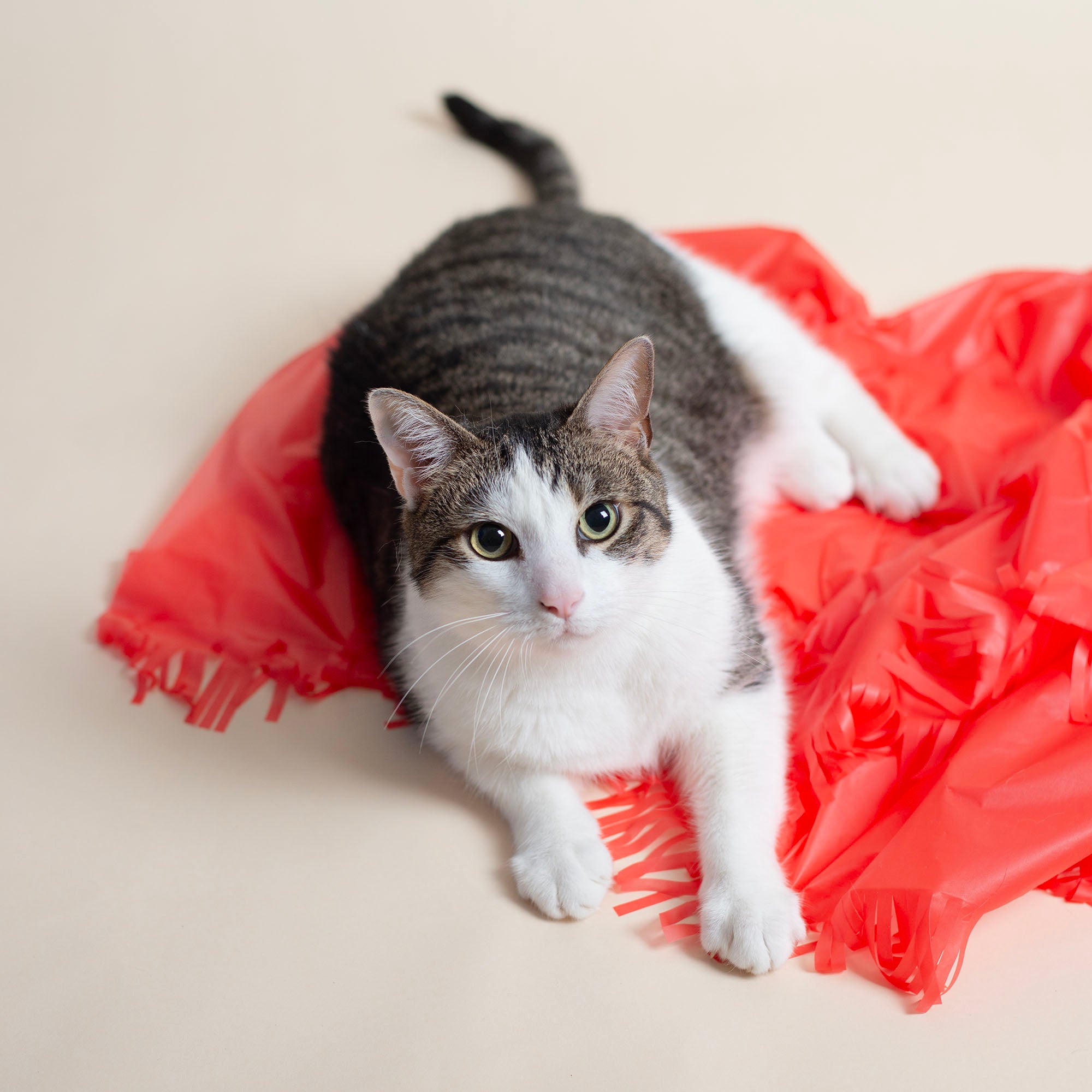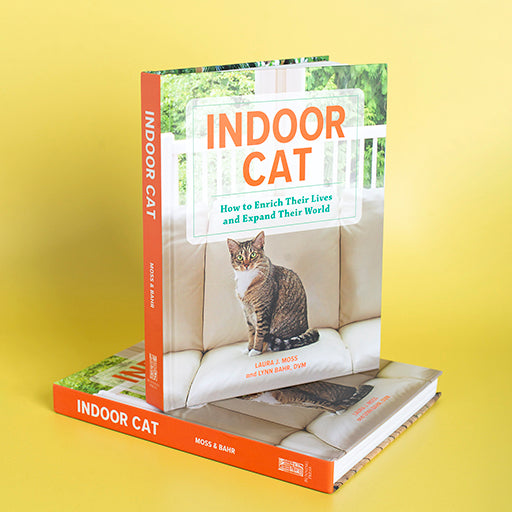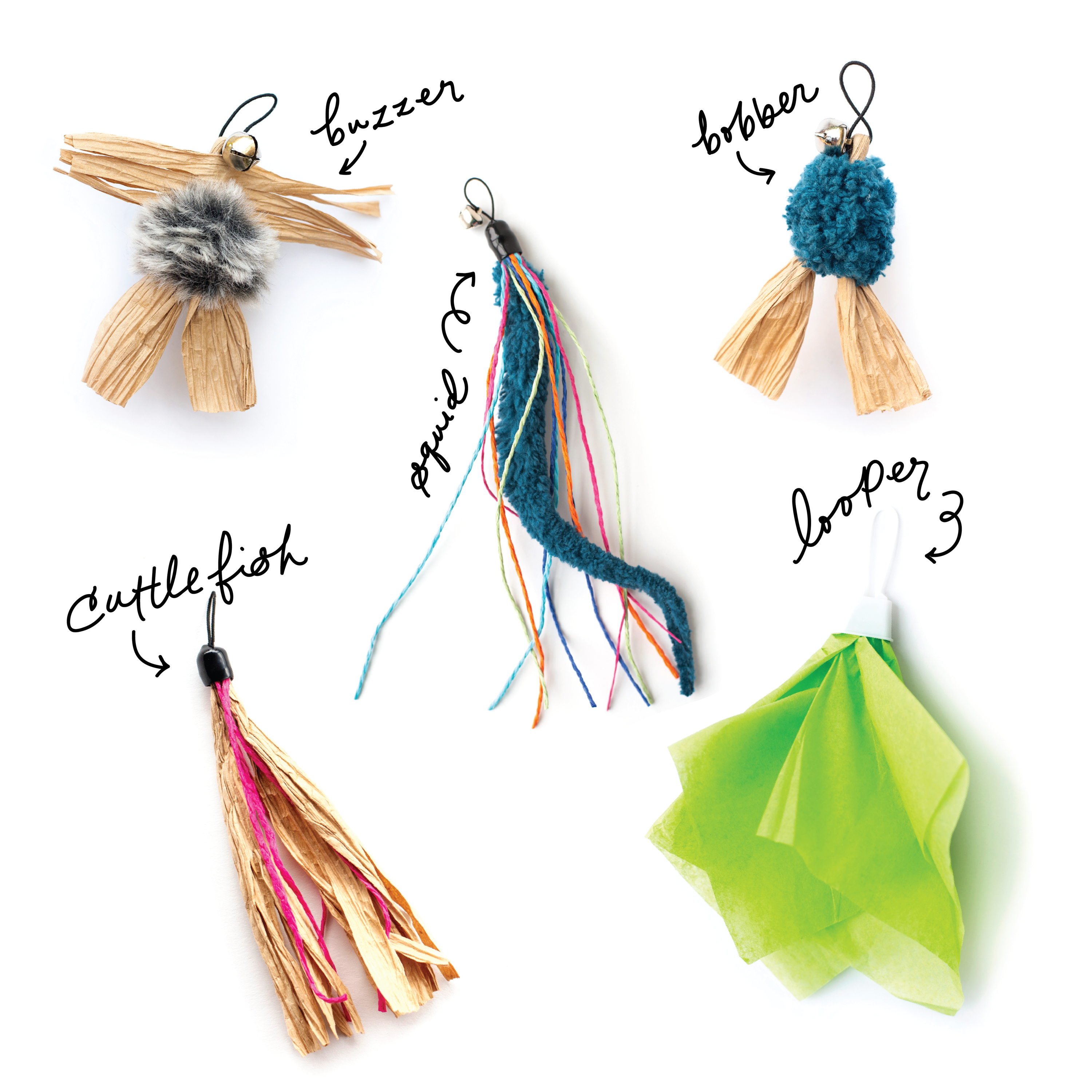POV: You're An Indoor Cat. Here Are 5 Things You Wish Your Human Knew

We all want what’s best for our cat — a safe home, bowls full of foodies, and a warm, cozy cardboard box by the window. But when cats live strictly indoors, they’re existing in an environment that’s completely different from what nature intended. While indoor life keeps them safe from predators and traffic, it can also interfere with some of their natural rhythms and instincts. And unless we’re paying close attention, it’s easy to miss the subtle ways this can impact their wellbeing.
Now, close your eyes and imagine you're Lindsay Lohan and your cat is Jamie Lee Curtis. And through the magic of a fortune cookie, you and your cat swap places with each other (hello Freaky Friday!). Here are five things you might not have realized as a cat parent that actually affects how living indoors can change the way your cat experiences the world until you step into their..paws. Don't worry, we'll cover how we can bridge the gap after you've swapped bodies again.
Seasonal Coat Confusion
In the wild, cats naturally shed their coats in the summer and grow thicker fur in the winter based on the temperature and sunlight. But inside our homes, the seasons get… weird. We crank up the heat in the winter and blast the A/C in the summer, confusing their internal cues. This can lead to inconsistent shedding, matting, or even skin issues.
• Once you've turned back into a human: Pay attention to your cat’s coat and help compensate for what nature intended by adding in a brush session every day or two.
Sunlight, Zzz's and Indoor Lighting
Cats’ bodies are tuned to the natural rise and fall of the sun. But when indoor lighting stays on well into the night—or they’re napping in dark apartments all day—they can lose touch with their natural circadian rhythms. This can lead to restless nights (for them and you). Who hasn't woken up to a 3am parkour session in the hallway?
• Once you've turned back into a human: It is so simple, but sometimes we forget; open the window blinds and allow your cat access to real daylight. A consistent day/night routine can help reset their internal clocks.
Boredom Replaces Hunting
A cat in the wild spends a huge part of the day stalking, pouncing, and hunting. But indoors? Meals magically appear in a bowl, and that hunting drive has nowhere to go. It's like they're living in a gilded cage. That pent-up energy can come out as zoomies, mischief, or even aggression.
• Once you've turned back into a human: Find toys or heck, even random things around the house, and play in a way that mimics hunting (think: chase, stalk, pounce). This gives them a healthy outlet and taps into their instincts. Bonus if you can do this multiple times a day for 4-5 minutes at a time. 
Smells Like..
Outdoors, cats are surrounded by constantly changing scents—plants, other animals, prey, the wind. Indoors, the smellscape is.. pretty dusty, dull and artificial. You've heard us talk about this before so you already know cats rely heavily on scent for mental stimulation and comfort.
• Once you've turned back into a human: Incorporate and rotate scent-based enrichment, like catnip, silvervine, or puzzle toys that challenge their nose as well as their brain.
No Weather = No Natural Exercise
Rain, wind, shifting temperatures.. weather naturally encourages movement (just think about how people drive when it's raining versus on a sunny day, LOL). Outdoor cats will climb, leap, crouch, and stretch as they explore or avoid the elements. Inside, especially in smaller spaces, cats don’t get these same physical prompts because it's always sunny, figuratively speaking of course.
• Once you've turned back into a human: It's up to us to encourage movement: if you can, add in vertical spaces or clear off an area on the book shelf, play in a way that gets your cat moving and groovin', and change things up in their environment– it can be as simple as rearranging furniture!
Now that you've gained a very valuable perspective, it's time to uno reverse this Freaky Friday situation. Find your cat, hold their paws, close your eyes and think about all the ways you can help them thrive.. switcharoo complete!
Living indoors keeps our cats safe – but it also removes many of the natural cues and experiences their bodies are wired to expect. But if we can acknowledge and understand how their environment shapes their behavior and wellbeing, we can make small, thoughtful changes that help them thrive indoors – not just survive. Because remember: a happy cat is a happy home.

Share:
3 comments
-
Thank you for this. We have blackout curtains throughout our home due to high heat in the summer. I never realized that may be why the lie underneath the curtain. They do it for the sunlight .
Pharris on
-
Yes — THINK like a CAT, not a human, to build a life full of joy for your beloved felines!
jmuhj on
-
You’ve got excellent behavioral science in this post but although I love Silver Vine, the Tunnel, many of your great toy options and thank you so much, nevertheless the wand toy needs to be longer to attract my Cat even though he’s not super large, so I usually use the big long wand toys they have on Amazon. They really get him chattering, leaping and running around. I think you could do this too but otherwise I still enjoy the toys you sell in any case!
Zottali on

